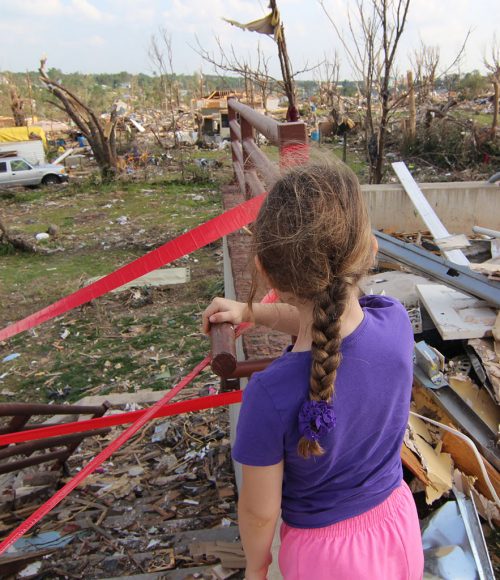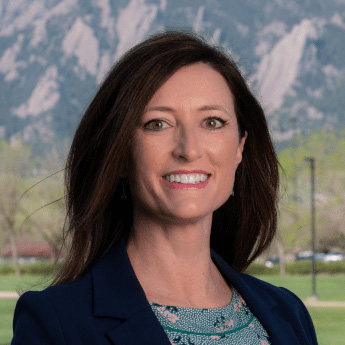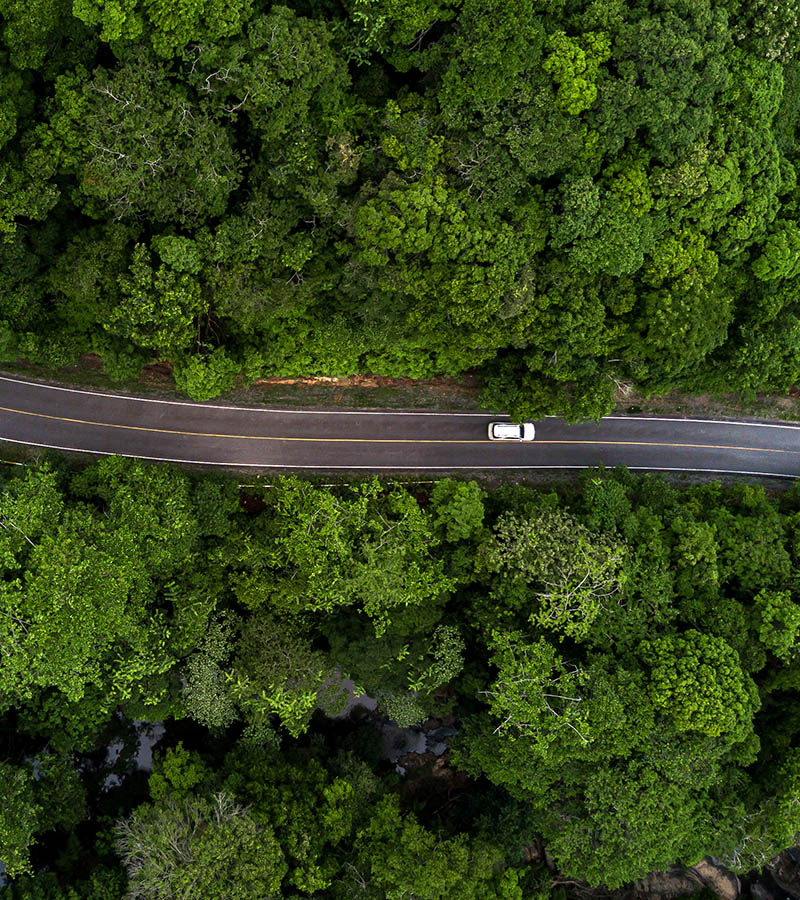Natural Hazards Center
Reducing the Harm from Disasters
We envision a just and equitable world where knowledge is applied to ensure that humans live in harmony with nature.
For more than 40 years, the Natural Hazards Center has served as the National Science Foundation’s designated information clearinghouse for the societal dimensions of hazards and disasters. The Center team works to reduce disaster harm by:
- Translating and sharing hazards and disaster research and information;
- Building connections between researchers, non-profit and private sector professionals, the media, policy makers, and local, state, and federal officials;
- Advancing social science and interdisciplinary knowledge, with a special emphasis on the most vulnerable populations and places; and
- Training and mentoring a diverse next generation of hazards and disaster professionals.
Every day, the Natural Hazards Center team works to empower a culture where all people are educated and inspired to take positive action to mitigate hazards losses and build stronger communities.

How You Can Help Support the Natural Hazards Center
Center Highlight
The Natural Hazards Center is one of the nation’s oldest social science-led hazards and disaster research centers. At present, the Center involves nearly 30 full-time staff members, research associates, graduate students, undergraduate students, and visiting scholars. The Center is also home to the National Science Foundation-funded CONVERGE facility, which is dedicated to advancing the ethical conduct and scientific rigor of convergence research in the hazards and disaster field. You can learn more about the Natural Hazards Center and CONVERGE via their websites.
Environment and Society Program
Climate change vulnerability, resilience to earthquakes, hurricanes, droughts, and floods, and the management of natural resources are critical challenges that the world faces in the 21st century. These challenges span the globe, driving program research in South and Central America, the Caribbean, Eastern and Southern Africa, Asia, and the United States. The work of the program has a broad impact beyond academic circles, influencing policymakers and practitioners, as well as the general public. The program is highly interdisciplinary, bringing together expertise in anthropology, economics, geography, history, law, political science, and sociology.
The Natural Hazards Center is part of the Environment and Society Program.

